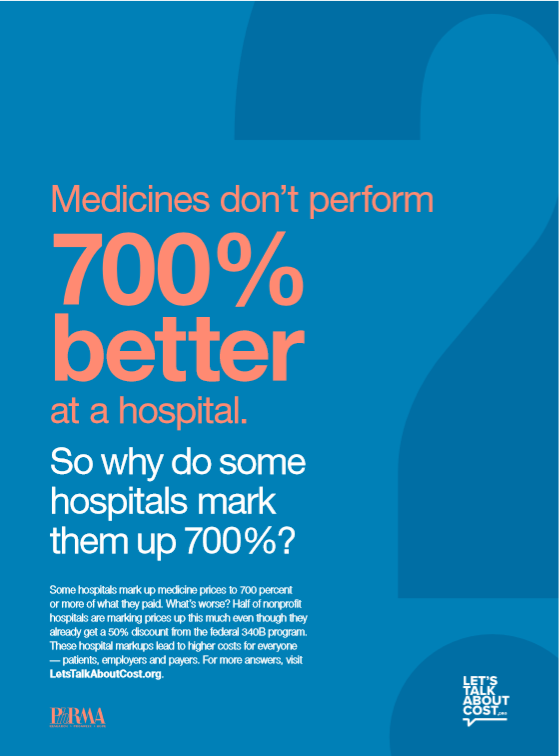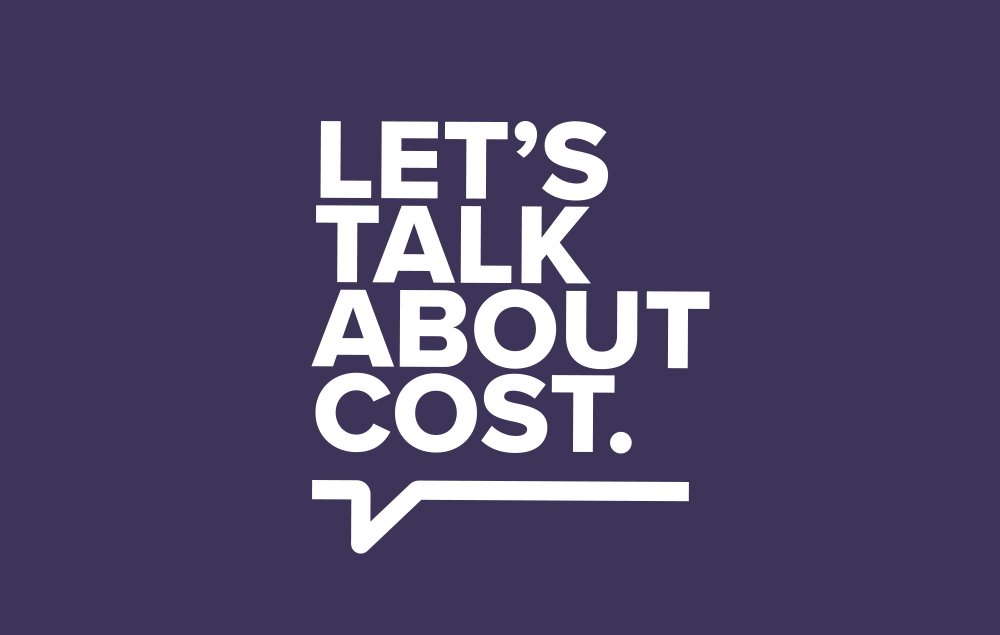A new study from the Health Care Cost Institute found that, for commercially insured patients, almost 50 percent of medicines administered by physicians, including treatments for diseases like cancer, occurred in the hospital outpatient setting in 2017. In 2009, these same treatments occurred in outpatient settings just 23 percent of the time.
Hospitals shift patients to these costlier outpatient settings, which are generally paid at higher rates, to increase their profits. During the same time period, the average price for these drug administration visits in hospital outpatient settings increased almost 60 percent, from $423 to $664. In physician office settings, the cost for these same services increased by only 15 percent, from $220 to $254.
And shifting site of care isn’t the only issue patients face in this area. A new chart pack from The National Institute for Health Care Management (NIHCM) Foundation shows that there were 619 hospital consolidations from 2013 to 2018 – an average of 103 annually. NIHCM also finds that these consolidations appear to be “strategic alliances between strong partners” as opposed to the acquisition of finally struggling hospitals. In 2018, only 20 percent of the announced mergers involved a financially distressed partner. In fact, the average revenue of the smaller hospital involved in the merger or acquisition was $409 million, the highest amount over the past decade.
Hospital consolidation raises the amount hospitals receive from payers when the consolidation did not increase market power. The chart pack also sites studies that found:
- Hospital consolidation within the same market leads to price increases of 20 to 40 percent.
- Prices increase by 17 percent when the hospital is acquired by an out-of-market system.
These findings are amplified when you look at the 340B drug pricing program – created to provide discounts on outpatient medicines to safety-net facilities that provide care to low-income or vulnerable patients – which typically provides a significant discount (50 percent) on medicines. In practice, this program contributes to higher costs for patients instead. 340B hospitals take advantage of the program to increase profits by buying medicines at the 340B discount, charging payers and patients based on the undiscounted price and then pocketing the difference between the two. This incentivizes 340B hospitals to buy up independent physician practices who are not eligible for 340B discounts and turn them into hospital outpatient facilities. The result of this acquisition is that the new hospital outpatient facility can buy more medicines at the 340B discount rate, increasing profits for the overall hospital system. The Berkeley Research Group found that more than 30 percent of reimbursements for patients’ physician-administered medicines covered by Medicare Part B were at 340B hospitals in 2017 compared to less than 10 percent in 2008.
As a consequence of shifting sites of care and consolidation, research shows that some hospitals mark up medicine prices to 700 percent or more of what they paid. This leads to higher costs for everyone, including patients, employers and payers.

To learn more, visit www.letstalkaboutcost.org.




